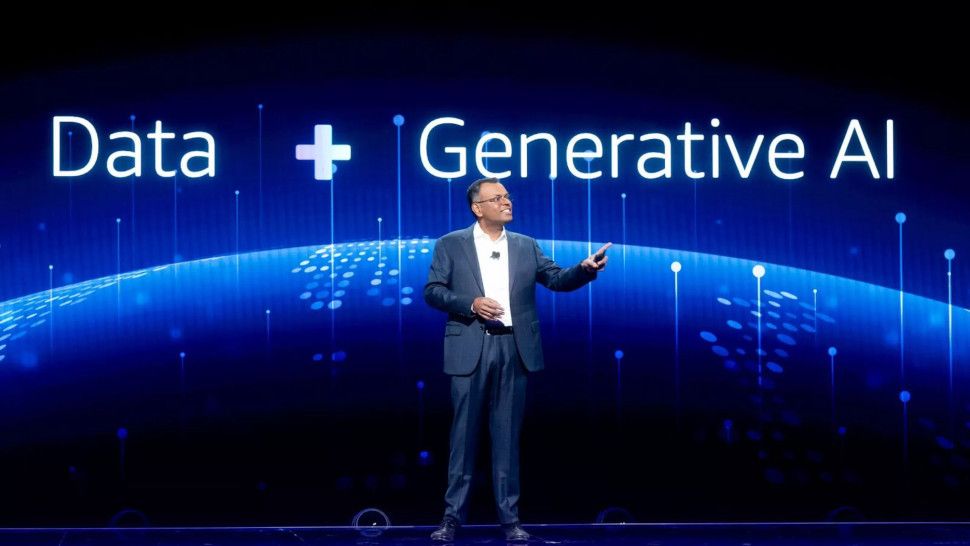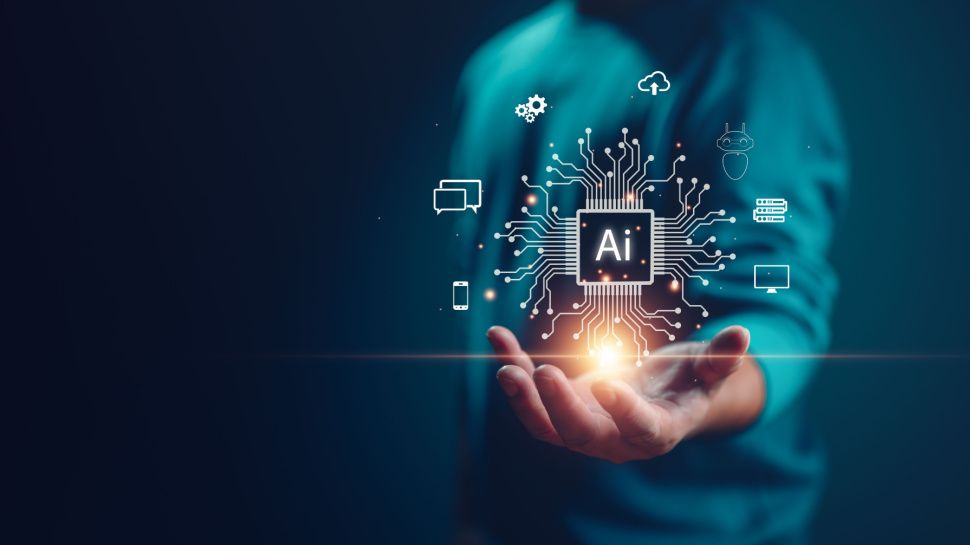The recent AWS re:Invent 2023 event was, unsurprisingly, dominated by AI and machine learning, with the company unveiling a host of new products and updated services aimed at helping customers get the most out of the nascent technology.
Amazon Web Services (AWS) likes to say it was heavily invested in AI before the current hype blew up, but unlike many others, it can actually deliver on its promises, with the likes of Amazon Q and Bedrock laying the foundation for enterprises across the world to realise the potential of AI in their business.
To find out more, I spoke to Swami Sivasubramanian, the company’s Vice President of Data and AI – and the man in charge of making sure AWS’ AI promises deliver in the real world.
Generative AI “fascination”
“All of us have been fascinated by generative AI, but when we play with these chatbots, we have to say, OK – what does this mean for my business, how can I put it to value, either to create new customer experiences, or automate internal processes,” Sivasubramanian tells us.
He remarks that AWS is “unique in that we innovate on every layer of the stack”, with the company working not just on the infrastructure needed for AI via its new GPU instances, Graviton4 and Trainium2 chips and more, but also across the software and building layers.
Sivasubramanian had a big part to play at re:Invent 2023: delivering the second-day keynote speech. Over the course of two hours, he expanded on the reasoning behind AWS’ AI push, whilst also revealing more on its plans and new products.
A major theme of his keynote was the “symbiotic relationship” between humans, data and AI, particularly emphasising the importance of human input in AI models going forward.
“The most important thing you’ll see is the differentiators as people really move from hype cycle to hype cycle is how you incorporate humans in the loop to make these models work for particular use cases.”
“Any Gen AI app, at the end of the day, is not just about sending prompts to the models,” he notes, “at the end of the day, we as humans are the ones creating these ideas!”
Sivasubramanian describes this relationship as one of “intelligence augmentation”, where humans maintain a vital part in helping AI models learn and grow, with developers playing an absolutely key role.
“This is an exciting time,” he says, “the abstractions are getting higher, which means that when we move from programming with assembly language to C, and from C to Java, we were able to actually get more builders being able to build these applications.”
“Establishing who can build innovative applications is really going to open up more folks to be able to build…(and) exposing these kinds of interfaces and interactions is really going to enable new kinds of developers as well.”

But this expansion and development also needs to be linked to making sure the right use cases are being found for generative AI.
“While the fascination (for generative AI) still exists, some are still trying to connect the dots from their business needs to customer needs,” Sivasubramanian warns.
He highlights that many customers are now realizing often that one AI model won’t rule over all, and are instead now looking for more customization without the pressure of being locked into a single provider – something AWS looks to provide with its Bedrock platform.
“We were the first cloud company to come out and say, ‘hey, you want the right tool for the right job?’ which is playing out really well with enterprises,” he noted.

2023 has undoubtedly been the year that saw generative AI hit the mainstream, but, for many businesses, working out how to utilize it best is still tricky – and AWS is no different, Sivasubramanian says.
“What’s happening with gen AI is very similar to what happened with the start of AWS […] there’s a huge amount of demand on people who want to build their own models, to a huge amount of companies who want to actually leverage these models, built in and customize them to do various applications.”
“It’s not a challenge, but an exciting opportunity for us to enable our customer success with these innovations – and we’re off to a great start! We want to make sure these customers are successful for years to come, the same way they have been on AWS.”
“This truly is a golden era of machine learning right now, and there is a true symbiosis between these three (data, AI and humans) […] and they need to come together for all of these to continue to form and flourish.”





